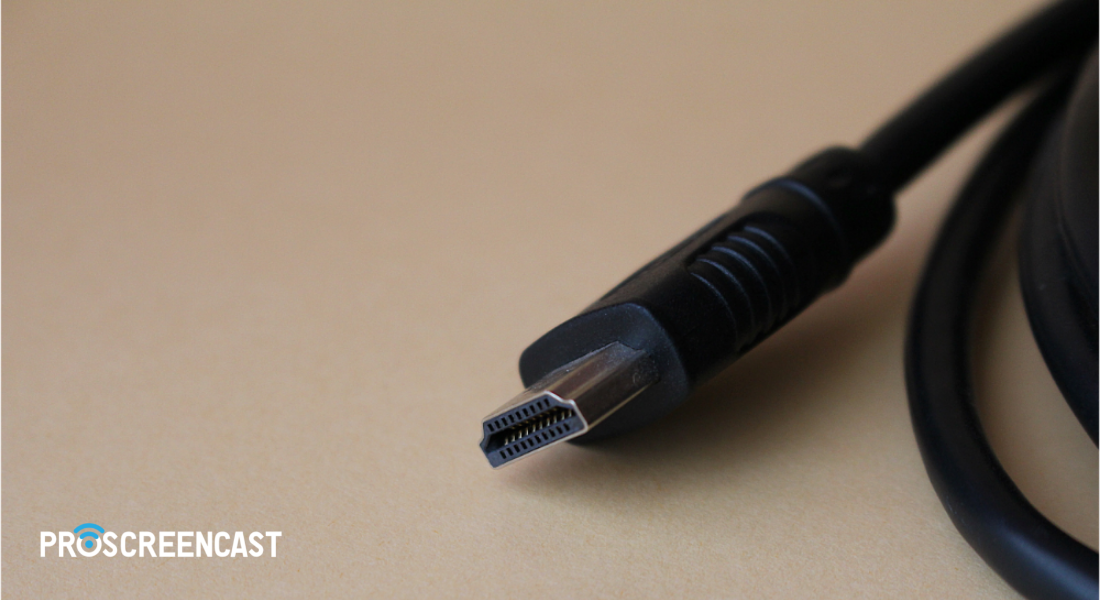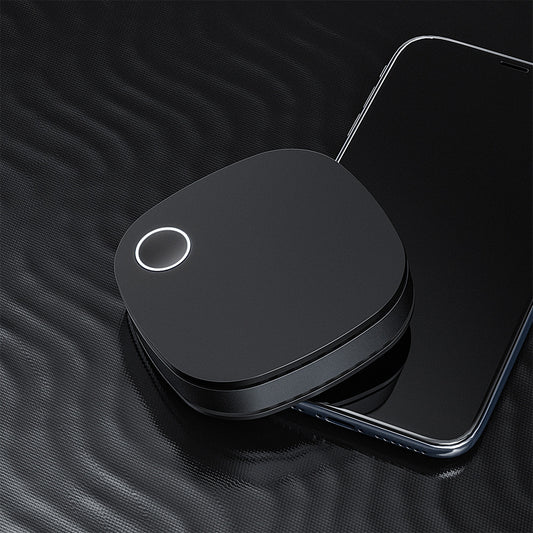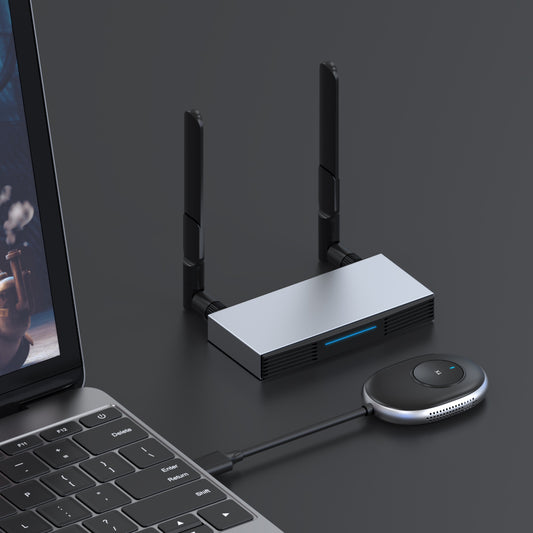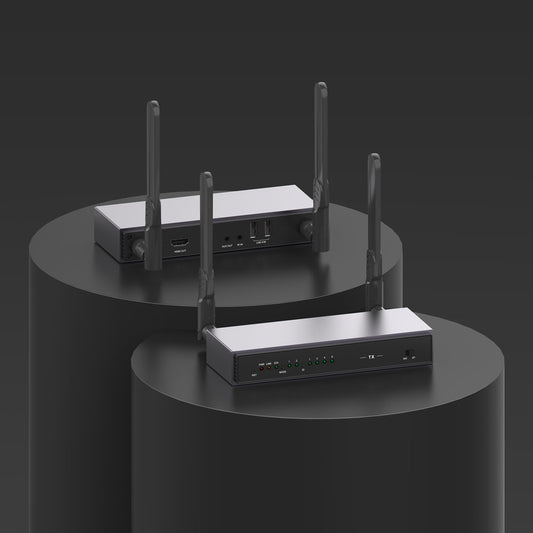
What Is The Distinction Between HDMI 2.0 And HDMI 1.4?
If you are looking for information about HDMI 1.4 vs HDMI 2.0, then this article is for you. The HDMI (High-Definition Multimedia Interface) is one of the most popular standards for input/output of audio, video, and data. It is a bus system used to provide various interfaces between audio/video devices connected to a computer or TV set. The HDMI standard has become an international standard and can transmit large amounts of data with outstanding performance through a single cable.
First, knowing the four basic units of HDMI 2.0 and 1.4 to facilitate can let you a better understanding of the next content.
1. Resolution
The resolution determines the detail of the bitmap image. In general, the higher the resolution of the image, the more pixels(dots) it contains, the clearer the image, and the better the printing quality.
2. Refresh rate
The display acquires the status of all sensors and switches at once from the input device or provides data to the output device at once, which is called a refresh.
Refresh rate, that is, the number of refreshes at the same time to describe the refresh frequency, generally measured in Hz. The higher the refresh rate, the better the dynamic effect, continuity and stability of the image display.
It can be said that the refresh rate determines the realistic effect and visual experience of the image. For example, the experience of 4K 60Hz is better than that of 4K 30Hz.
3. Frames per second (FPS)
Measure the total number of images you see per second. For example, 24 FPS means that you see 24 images in a second, giving the illusion of motion.
4. Full HD FHD.
It is often called 1080p.
5. Bandwidth
The biggest data is transmitted through digital media.

What are the differences between HDMI 1.4 and 2.0?
HDMI 1.4 and HDMI 2.0 are two standards of A/V transmission and data communication over cables.
HDMI 1.4 was the first version of HDMI, released in 2004. Up to 1080p resolutions are supported, and a maximum bandwidth of 18 Gbps is available. Additionally, it is backward compatible with HDMI 1.0 and 1.0b, allowing you to connect older devices that do not support 2.0.
HDMI 2.0 was released in 2009 and can handle 4K or 8K video resolutions at 60 frames per second (fps) or 30 fps respectively. It can also transmit 3D video at 10-bit color depth and has a maximum bandwidth of 18 Gbps.
Is the HDMI 2.0 Compatible with the HDMI 1.4?
In order to understand whether your new cable is compatible with your current setup, you first need to know which features are in the HDMI 2.0 standard and which ones aren't.
The main difference between the two is that HDMI 2.0 supports a high-bandwidth, interactive display format called 4K, as well as frame rates up to 60 frames per second (fps). This means that you can watch videos at full resolution—unlike with HDMI 1.4, which only supports 30 fps.
HDMI 2.0 also allows for audio formats such as Dolby TrueHD and DTS-HD Master Audio to be transmitted over the cable, whereas HDMI 1.4 does not support these types of audio formats natively.
HDMI 2.0 is the successor to HDMI 1.4 and supports a number of new features, including 4K video resolution (4096x2160), HDCP 2.2 support, a wider color range (between 30 and 1000 nits), higher dynamic range (HDR), and greater bandwidth efficiency than its predecessor.
While the majority of devices that support HDMI 2.0 will also support HDMI 1.4, there are some notable exceptions: devices that connect to smart TV sets or set-top boxes that have been upgraded with HDMI 2.0 ports cannot be connected to older TVs or set-top boxes with HDMI 1.4 ports unless an adapter is used.

HDMI 2.0 Vs HDMI 1.4 - Which Is Better?
HDMI 2.0 was developed by the HDMI Forum and was created in order to support higher resolutions and frame rates—such as 4k at 60 frames per second (FPS).
The new standard supports 3840 x 2160 @ 30Hz and 4096 x 2160 @ 24Hz, up from 1920 x 1080 @ 60Hz and 2560 x 1440 @ 120Hz respectively for HDMI 1.4 cables and adapters under the same conditions.
That means that if you want to use your TV or monitor with a higher resolution than 1080p and/or have a faster refresh rate (such as 120Hz), you'll need an HDMI 2.0 cable or adapter.
If you're looking for the best way to connect your new 4K TV, then you'll want to know about HDMI 2.0 and HDMI 1.4. The two standards are very similar, but there are a few important differences that will affect how effectively your new TV can handle 4K content.
HDMI 2.0 is designed to handle more bandwidth than HDMI 1.4. Both can deliver 4K video—but HDMI 2.0 can transfer up to 18Gbps whereas HDMI 1.4 can only transfer up to 10.2Gbps. This means that if you have a new 4K TV, then it's likely that it will be equipped with HDMI 2.0 ports so that you can get the most out of your new set!
HDMI 2.0 or 1.4: which supports 4K without affecting picture quality?
HDMI 1.4 can already support 4K but is limited by bandwidth, it can only achieve a resolution of 3840*2160 and a frame rate of 30FPS. HDMI2.0 extends the bandwidth to 18Gbps, supports 3840*2160 resolution and 50FPS, 60FPS frame rate, and simultaneously supports up to 32 channels and the highest 1536kHz sampling rate for audio.
This establishes two facts. First of all, although HDMI 1.4 supports 4k video, it degrades the quality. Second, HDMI 2.0 not only supports 4k video but also improves definition.
As important as the higher frame rate Ultra HD 4K supported by HDMI 2.0, the additional bandwidth means that HDMI can transmit 4K display video with 10-bit and 12-bit color depth. HDMI 1.4 is limited to 8 bits.
Which One Should You Choose?
If you're looking for the best of both worlds, HDMI 2.0 is the way to go. They're designed for large bandwidth jobs, like 4K video in a single wire. It's designed to handle more bandwidth than HDMI 1.4, so you can transfer up to 18Gbps in 4K video, which means your connection will be able to handle more complex tasks like double-sided displays and HDR.
However, it is noted that the increase in length will reduce the quality of data transmission. When you want to display videos and pictures on your computer on a larger screen, an HDMI cable is an option.
There is also a solution that allows you to get rid of the cable and experience 4k high-definition images and videos.
ProScreenCast SC01 have true 4k@60Hz. It build with HDMI 2.0 and support upto 4K(3840 X 2160)resolution and HDR color, provides you with ultimate viewing experience. So get your 4k wireless display adapter now and build your home theater!









